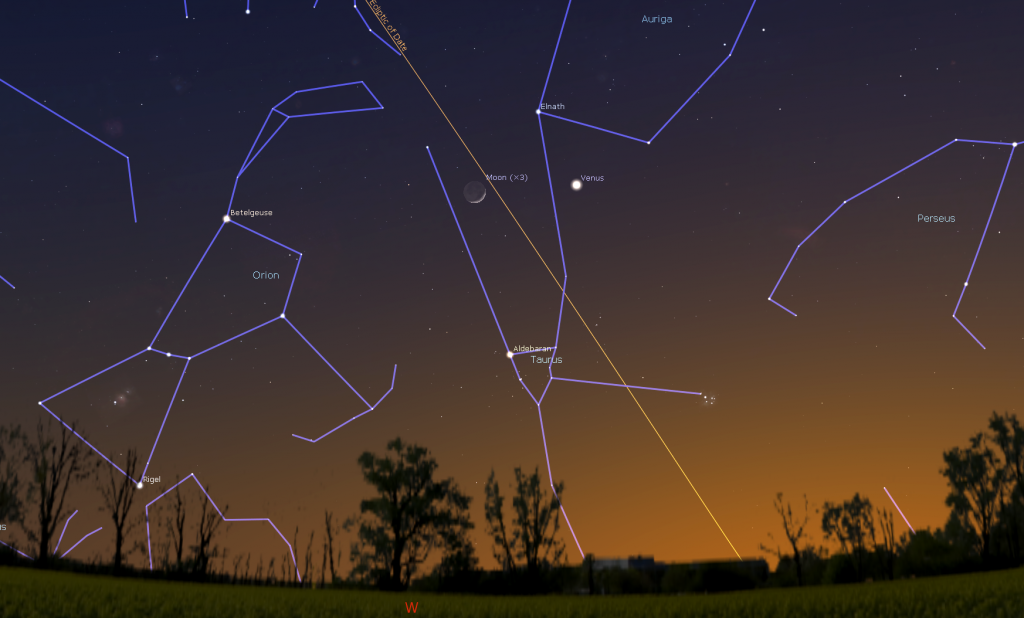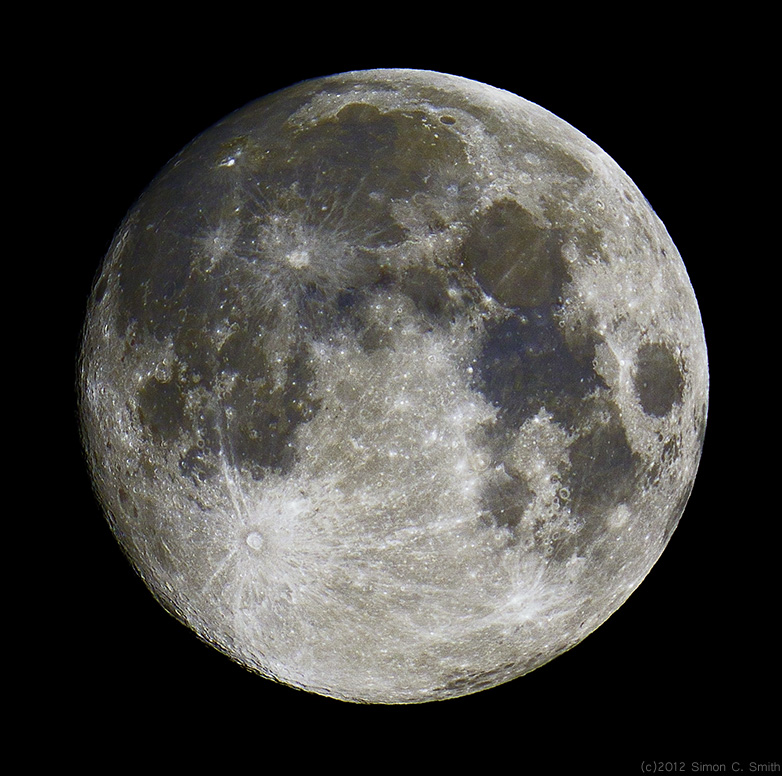Greater Toronto Area Space Station Flyovers for the week of May 3rd, 2020
This image of the International Space Station was imaged by Thomas Klemmer on March 18, 2016 through a telescope in his backyard. Artificial satellites are visible because they are high enough to be bathed in sunlight while the sun is below the horizon for earthbound observers. When the geometry is just right, brilliant beams of…
Read more









